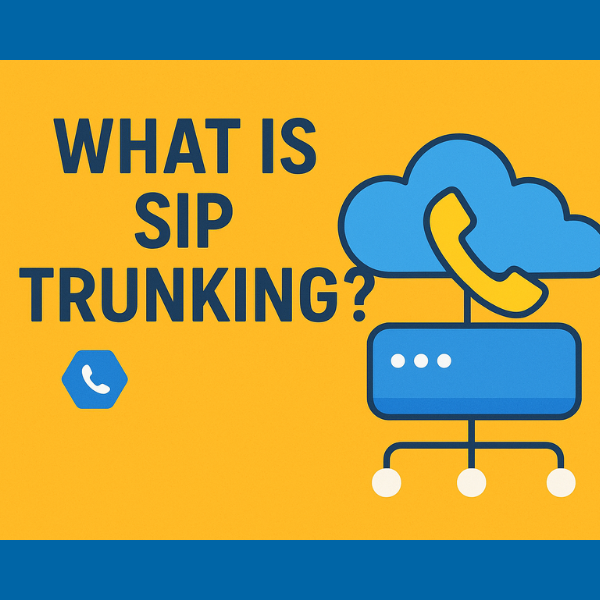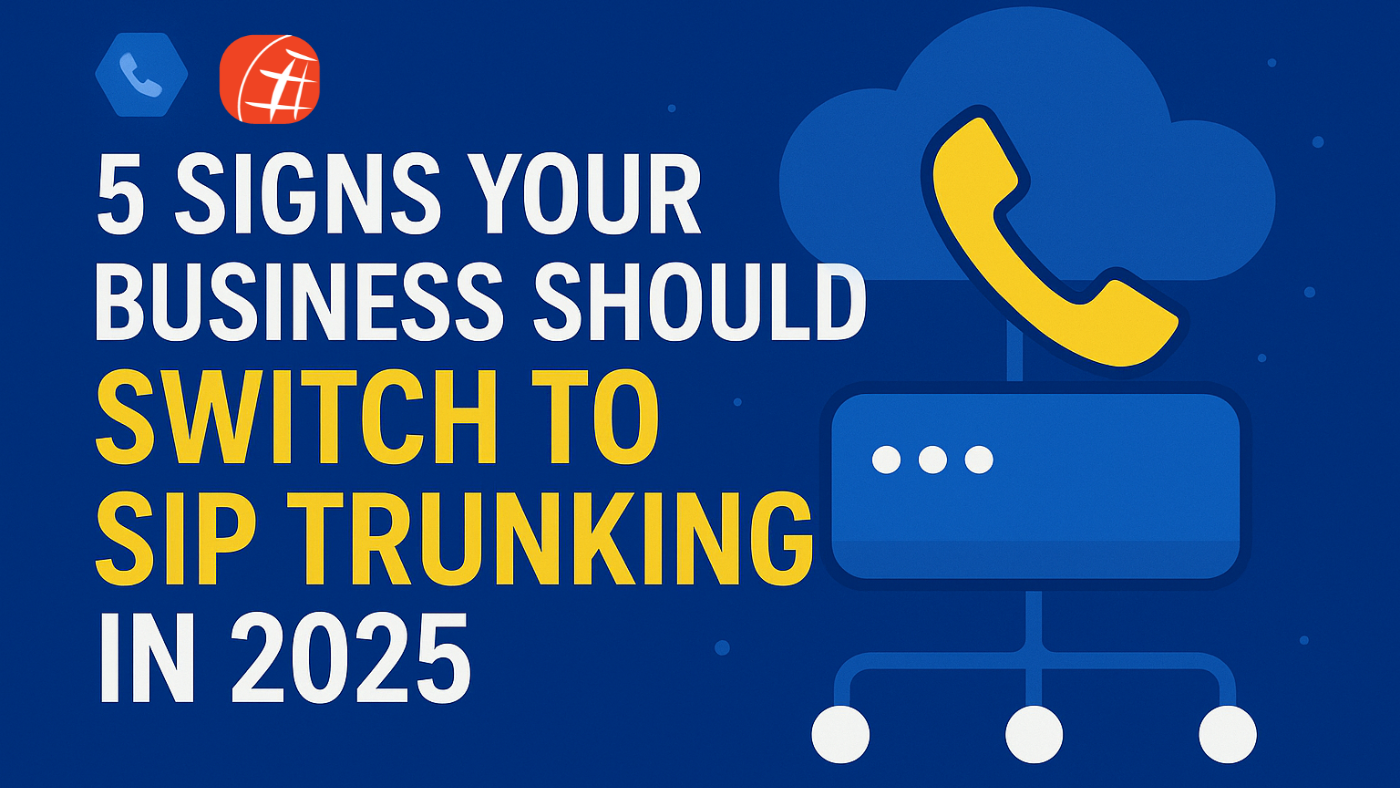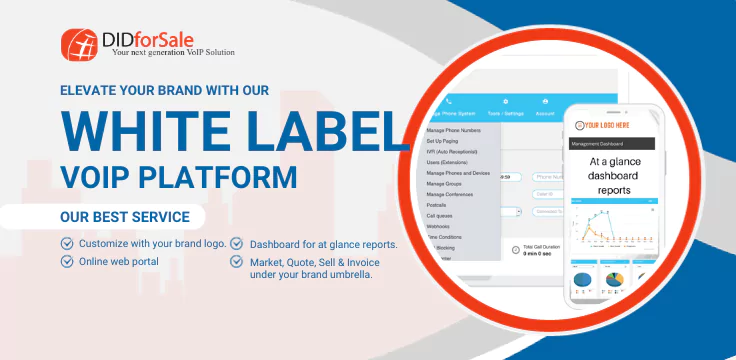The way businesses communicate is evolving faster than ever. Traditional phone systems that once powered offices are now being replaced with smarter, more flexible, and cost-effective solutions. One of the most popular upgrades businesses are making is to SIP trunking.
If you’ve been wondering whether it’s time for your organization to move away from legacy phone systems, the answer might be yes. From scalability to cost savings, SIP trunking offers a modern approach to communication that aligns perfectly with today’s business needs.
In this blog, we’ll highlight five clear signs your business should switch to SIP trunking in 2025, while also exploring the SIP trunk benefits, the right time for SIP trunk migration, and how to make migrating to SIP trunking a smooth process.
What Is SIP Trunking?
Before diving into the signs, let’s quickly break down the concept.
SIP (Session Initiation Protocol) trunking is a technology that allows businesses to make voice calls over the internet rather than through traditional phone lines. Instead of relying on physical phone circuits, SIP trunks use your existing internet connection to deliver clear, reliable, and affordable communication.
This upgrade not only reduces costs but also integrates advanced features like disaster recovery, mobility, and unified communications.
SIP Trunking and Disaster Recovery: Ensuring Business Continuity
Sign #1: Your Business Is Still Using Legacy Phone Lines
If you’re still relying on PRI (Primary Rate Interface) or analog phone lines, it’s a clear sign to explore SIP trunking. Legacy systems are expensive to maintain, and service providers are phasing them out. In fact, many telecom carriers have announced end-of-life timelines for these older technologies.
By switching to SIP trunking, you’ll future-proof your communication infrastructure and avoid being stuck with outdated systems. Plus, SIP enables your business to scale easily as it grows without costly hardware upgrades.
Key takeaway: When thinking about when to upgrade to SIP, the answer is often tied to your reliance on traditional phone lines.
 Sign #2: You’re Overpaying for Long-Distance and International Calls
Sign #2: You’re Overpaying for Long-Distance and International Calls
One of the biggest SIP trunk benefits is cost savings. Traditional phone lines often come with expensive long-distance and international calling rates, which quickly add up for businesses operating across regions or serving global customers.
SIP trunks eliminate these inflated charges by routing calls over the internet, drastically cutting costs. Businesses that frequently make overseas calls can save thousands of dollars annually by migrating to SIP trunking.
Pro tip: Pair SIP trunking with virtual phone numbers from DIDforSale to establish a local presence in different regions while keeping costs low.
Sign #3: Your Workforce Has Gone Hybrid or Remote
In 2025, flexible work arrangements are no longer optional—they’re expected. If your team is hybrid or fully remote, SIP trunking is a must-have.
Unlike traditional phone systems tied to a physical office, SIP trunking enables employees to connect from anywhere with an internet connection. They can make and receive business calls using their mobile phone, laptop, or softphone app while still presenting the company’s professional caller ID.
This ensures seamless collaboration and communication across distributed teams.
Key takeaway: If remote work is part of your company culture, it’s time to switch to SIP trunking for flexibility and mobility.
Sign #4: Your Business Needs More Scalability
Growth is exciting—but it can also be challenging if your phone system can’t keep up. Traditional telephony requires installing additional physical lines to handle higher call volumes, which is both costly and time-consuming.
With SIP trunking, scaling up (or down) is effortless. Whether you need to add more channels during peak seasons or reduce them when demand is low, SIP trunks adapt instantly without new infrastructure.
This scalability makes SIP trunking the ideal solution for businesses experiencing growth or fluctuations in call traffic.
Pro tip: During your SIP trunk migration, partner with a provider like DIDforSale that offers flexible plans to match your business growth.
Sign #5: You Want Advanced Features and Business Continuity
Today’s businesses require more than just voice calls—they need smart communication solutions. SIP trunking delivers features like:
-
Disaster Recovery & Redundancy – Calls are automatically rerouted during outages.
-
Unified Communications – Integrate voice, video, chat, and conferencing on one platform.
-
Call Analytics & Reporting – Gain insights into customer interactions and agent performance.
-
Number Flexibility – Keep your existing numbers or expand with new ones across different regions.
If your business is looking to leverage these tools for productivity and customer satisfaction, migrating to SIP trunking is the right move in 2025.
How to Plan Your SIP Trunk Migration in 2025
Recognizing the signs is only the first step. Here’s a quick roadmap to ensure a smooth transition:
-
Assess your current system: Identify limitations and costs of your existing phone lines.
-
Evaluate your internet connection: SIP requires a reliable, high-speed internet connection.
-
Choose the right provider: Look for a trusted SIP trunk provider like DIDforSale, known for reliability, scalability, and 24/7 support.
-
Plan for number porting: Ensure your important business numbers are smoothly transferred.
-
Test before full rollout: Start with a pilot migration to avoid disruptions.
Migrating doesn’t have to be overwhelming—when done right, it’s quick, efficient, and transformative for your business.
Final Thoughts: Is It Time to Switch to SIP Trunking?
If your business is facing high phone costs, outdated infrastructure, remote work challenges, or scalability issues, these are clear signs it’s time to switch to SIP trunking in 2025.
With powerful SIP trunk benefits such as cost savings, flexibility, advanced features, and reliability, there’s no better time to plan your SIP trunk migration. Businesses that make the switch today will not only cut costs but also gain a future-ready communication system built for growth.
At DIDforSale, we’ve helped countless businesses seamlessly transition to SIP trunking. From migrating to SIP trunking with minimal downtime to providing unmatched support, we make the process simple and stress-free.
Ready to upgrade your communication system?
👉 Contact DIDforSale today and discover why now is the perfect time to switch.
Related Blogs
The Ultimate Checklist for Setting Up SIP Trunking Services
Why SIP Trunk Pricing Beats Traditional Telephony Costs
Integrate SIP Trunking into Your Business Communication System
Switch to SIP Trunking: Why Businesses Are Making the Move
What Is a SIP Trunk in VoIP? Benefits, Setup, and Cost Explained





